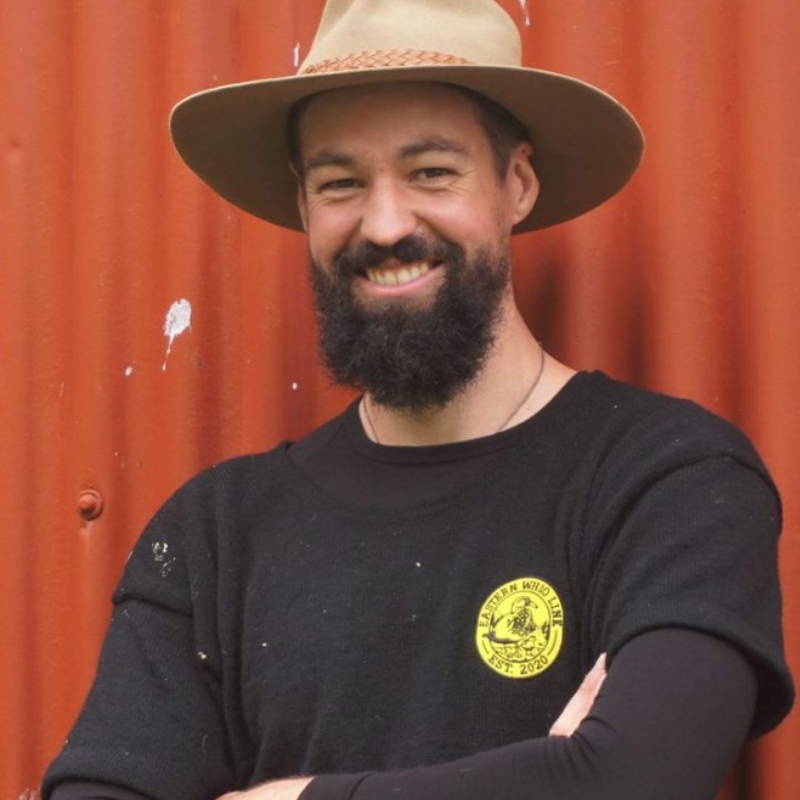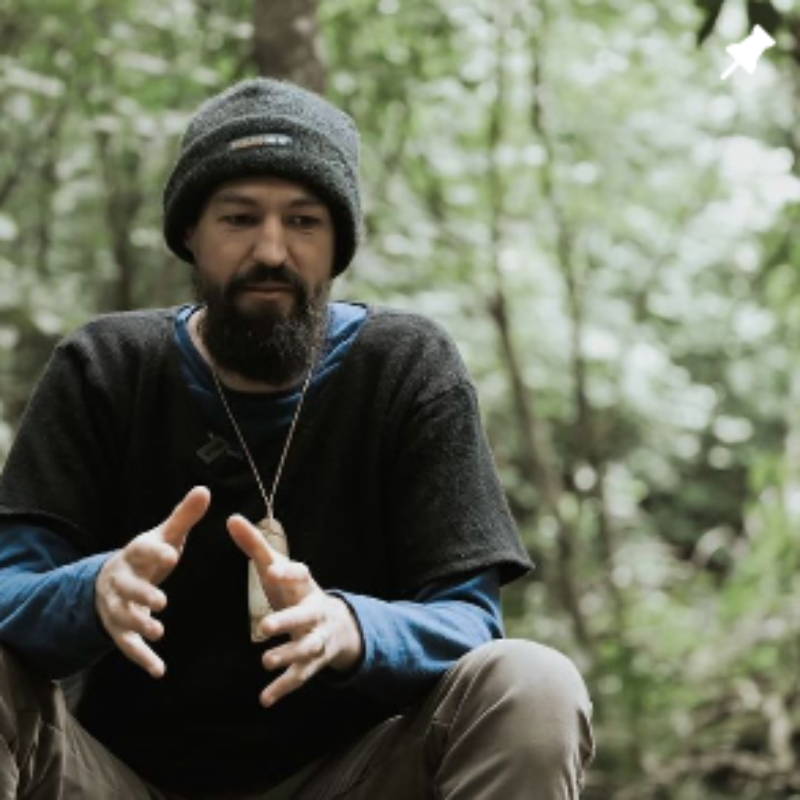
Conservation through partnerships
Established in 2022, they have already clocked up more than 23,000 volunteer hours since launch. They work tirelessly to help the survival of whio, New Zealand's only endemic mountain duck and one of only three true riverine duck species in the world.
Eastern Whio Link was established to protect the remaining population of this nationally vulnerable species. By aiding in their recovery, they are helping enable a breeding population to establish in the area and disperse into surrounding watersheds.
To celebrate our new partnership, we have decided to increase the amount we donate to $1 per bottle we sell of Blue Duck Vodka. This presents an increase of 100% from our previous amount that allowed us to raise $60,000 for Forest & Bird.
Why they do what they do
"Over the past 40 years, whio numbers have been steadily decreasing in the Waioeka Gorge area due to two reasons: River flooding destroying their nests and stoat predation during two crucial life stages (nesting season and the moult, when they are unable to fly).
As passionate hunters and fishermen who frequent the gorge, we observed this population collapsing over a number of years. While we have no control over flooding events, we knew we could do something to control the predators before it was too late. In 2019, a small group of us approached DOC Gisborne for a community agreement to trap the Waioeka area for pests that predate on the whio and their eggs (including stoats and rats).
It has been proven in other areas that by establishing a single line of traps up a river we are able to control stoats to a level that allows whio survivorship and chicks to be recruited into the breeding population. This is a methodology that our project leads have experience with and can ensure success in controlling stoat numbers.
By significantly reducing pest populations throughout the gorge, we are not just helping the whio, but also improving the habitat and reducing the predatory threat for other native bird species (such as North Island brown kiwi)."



Juvenile protection
Given it is in the nature of juvenile whio to disperse, we are looking to expand our trapping network to include the remaining 25km of whio habitat available. This will protect our juvenile population and allow them to establish breeding territories of their own.
Trapline expansion
We have existing DOC community agreements to establish whio projects in the Ruatahunga (North of Gisborne), which we hope to pursue in the coming years. This will go a long way to achieving our end goal of establishing one interconnected whio population from Te Urewera through to the East Cape.
Kiwi support
While working on the whio project we have discovered the presence of North Island brown kiwi, a species we had assumed disappeared long ago.
We would like to expand Eastern Whio Link to also protect local kiwi, which means establishing an additional 120kms of trapline across three stations in the Upper Waioeka.







